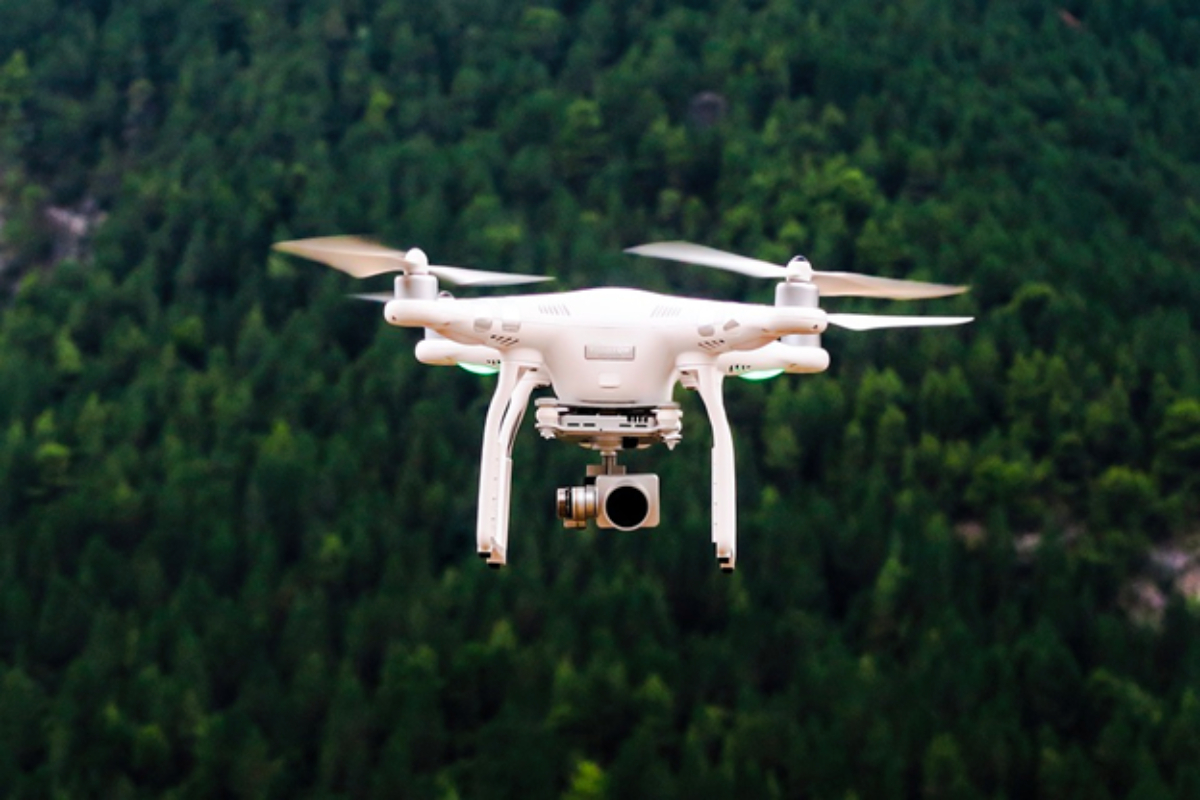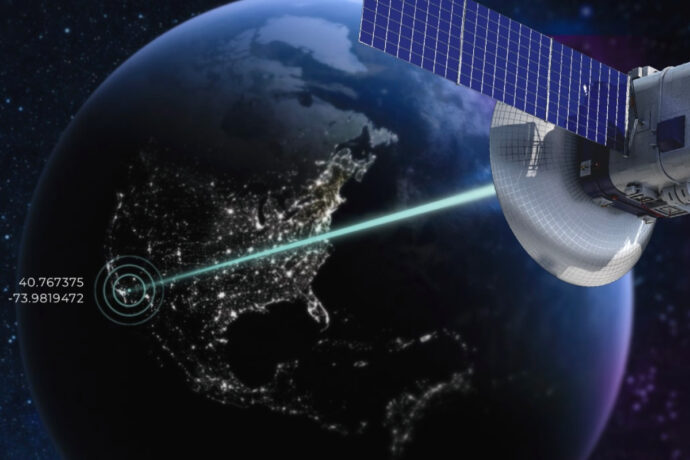
The realm of drone technology is dynamic, characterized by continuous innovation and significant investments driving the development of newer and more advanced drone models. To grasp the intricacies of drones and their functionality, it’s essential to delve into the core of UAV (unmanned aerial vehicle) technology.
Understanding UAV Technology:
- Foundational Framework: UAV technology forms the foundation of drone development, encompassing various facets such as aerodynamics, manufacturing materials, software, circuit boards, and chipsets.
- Composite Materials: Drones are constructed using lightweight composite materials, strategically chosen to enhance maneuverability by reducing weight while maintaining strength for high-altitude operation.
Enhancing Drone Capabilities:
- Specialized Features: Drones are equipped with specialized features to amplify their utility, including Global Positioning System (GPS) for navigation, infrared cameras for low-light visibility, lasers for various purposes, and ground controlling systems for real-time control.
Essential Drone Components:
- Propellers: Standard and pusher propellers provide propulsion, while brushless motors ensure reliability and efficiency.
- Structural Components: Motor mounts, landing gear, and the main drone body house essential systems like cameras, processors, and batteries.
- Electronic Systems: Electronic speed controllers, flight controllers, GPS modules, receivers, antennas, battery monitors, gimbals, and sensors are crucial for drone operation and functionality.
Conclusion:
- The diverse components and technologies integrated into drone systems highlight the multifaceted nature of unmanned aerial vehicles, each tailored for specific applications and functionalities. As drone technology continues to evolve, it opens up new possibilities across various industries and sectors, shaping the future of aerial innovation.



